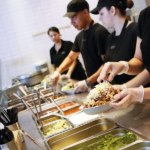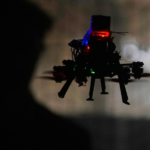DoorDash has been working on autonomy and robotics technology since about 2017, Xu said in what he described as a “long journey.” Any company trying to get involved in autonomous technology and do it at scale must master a variety of different skills, he said: “Imagine learning a new sport, but that sport has five different subdomains just to say that you’re a rookie at that sport.”
You have to build the hardware, develop the software, and fine-tune the delivery network, too—particularly in the instance that an autonomous delivery vehicle ends up getting stuck and needing human intervention. “It’s very rare that one company is equally good at all of those skills,” Xu said. “I think we have the potential to be one of those companies, but I think we’re still very early in building the competence.”
Xu said that those long-term investments the company started making eight years ago have started to pay off. Those investments are “starting to actually get to maybe the first inning of commercial progress.”
When asked where customers could experience some of these forms of autonomy in the U.S., Xu specified that there are no formal autonomous commercial operations just yet.
“We don’t have it yet operating today. A lot of it is in test forms,” Xu said. But he pointed out that drone delivers are happening in Australia and that DoorDash has started to get the permits necessary to start doing drone deliveries in “select cities” in the U.S.
Thus far, there is no specific timeline—or, at least, not one Xu is ready to talk about publicly.
“Let’s see how fast the team can deliver,” he said.









